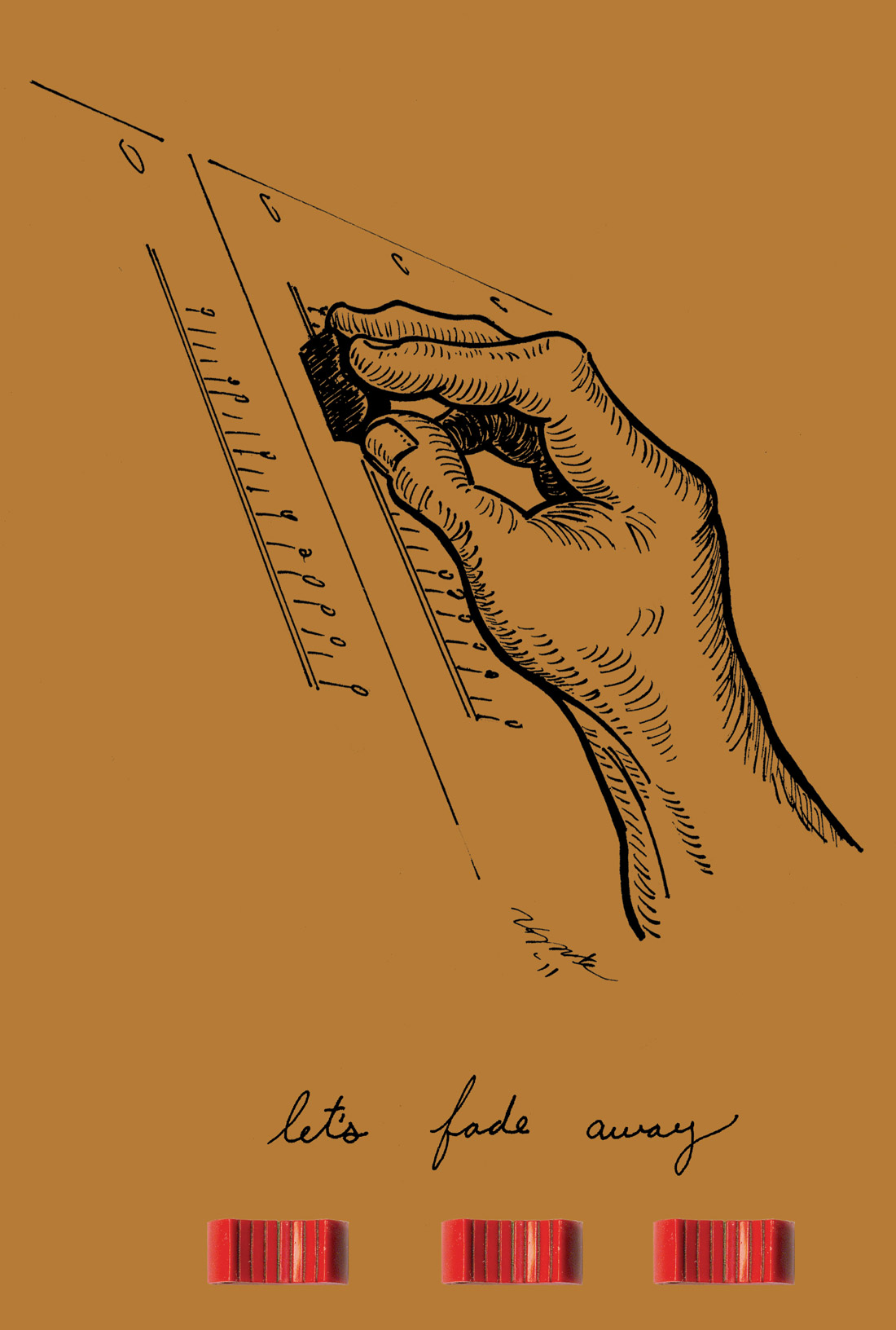Crock is Sam Coomes of Quasi [Tape Op #2] and Spencer Seim of Hella. Those rock credentials should indicate that the music might not be laid back or easy listening. Much of the album was initiated by sessions in Spencer's Nevada City, CA, basement while he played drums.
Spencer: "I took an old orange sparkle drum set that I have and mounted [Shure] SM58s inside each drum and closed it back up with the signal wire running out the drum breather hole. Pretty stupid, I know. I just wanted that pitter-patter drum sound with no cymbal bleed. Sounds pretty frickin' weird." Sam played a Yamaha [electric grand piano] CP-70 through a multitude of modified effects units. Spencer: "We had a bunch of crazy distortions and wave multipliers, handmade by Ben Milner of Pedalfile. We also used some pieces that he modified, such as the Line 6 delay and a [Alesis] Bitcrusher that he had connected to a whammy pedal. Sam used that a lot." Sam: "There was a bank of maybe a dozen pedals we could potentially tap into, and usually we used several at a time." Echoey vocals sweep across the stereo field and offbeat muddy delays spill off the drums. And that's all within the first song. Deeper in, the listener occasionally gets slabs of synthesizer and guitars over crunchy drums. Vocals usually hide in the mix and are coated with delay.
Sam: "For a couple days Spencer and I 'generated spontaneous compositions' in his basement; no advanced rehearsals - just off the cuff. At the end of the day we would dump the raw tracks onto a computer. On the last day we went through to find bits and pieces of music and sound that we thought might work well together. We spliced and diced and came up with a group of structured songs, more or less. Over a period of, a year or so we added overdubs - myself in Portland and Spencer back in California. I mostly worked on vocals at first to help define the structures. I would track them onto a computer in my basement, then make an audio CD of the vocals without the backing tracks. I would leave approximately 5 seconds of the backing tracks on there before muting them so the vox could be synced up properly. Then I would mail the CD to Spencer, who would then dump the overdub back onto the original tracks on his computer. Spencer would also do overdubs at his place then send me rough mixes with the added tracks. Generally Spencer would do guitar and bass, and some purely electronic stuff in his overdubs, and I would do vox and also electronics. Mostly I used a Roland Juno-60 and an Alesis airSynth. I sang through a cheap SM58 knockoff mic though a crappy Zoom multi-effects unit and tracked with [Steinberg] Cubase. Why Cubase? Because it came free with my digital I/O box. Basically this is a zero budget project. The major expense for me was renting a car to drive to Nevada City from Oakland (where I was working on a different project) for the initial sessions. Spencer was basically the engineer for everything except the overdubs I recorded in my basement. Spencer did the mastering too."
Spencer: "The machine we recorded on was a Tascam 388 1/4" reel-to-reel with an integrated mixing console. Something I learned years ago from a friend about these old 388s is this: They all had that stupid Dolby noise- reduction system that made everything sound flat and terrible if you recorded and mixed with it on. But if you record with it on and then turn it off for mix, it does this crazy compression thing that makes drums and bass sound amazing. As far as computer programs, I used [Apple's] Logic to mix."
It's a super crazy and fun record to listen to. Despite (or because of?) the "zero budget" there are some interesting, creative sounds. Sam and Spencer have spent years adventuring with music and crafting unique sounds on their own and it's a blast to hear them together!




_disp_horizontal_bw.jpg)